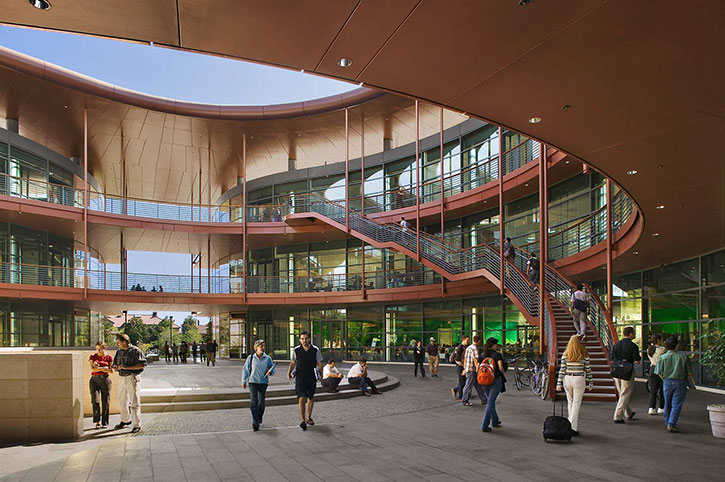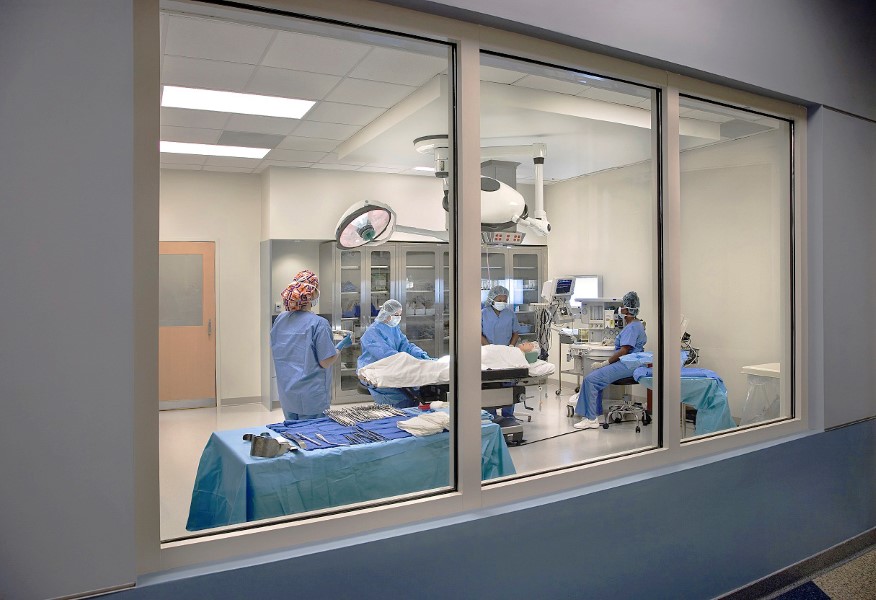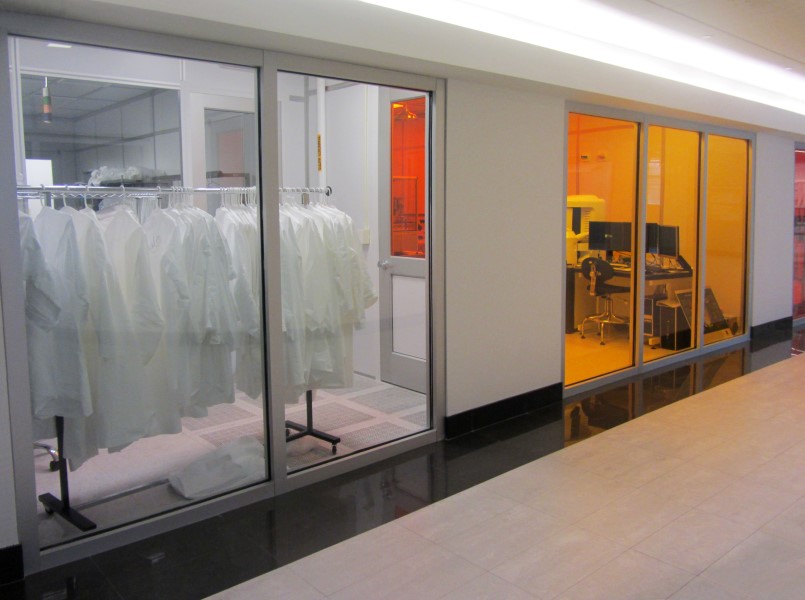Transparent Lab Walls Enhance Collaboration, Safety
Modern science is a social activity. Multi-discplinary teams work to solve important challenge. It is not uncommon to find biologists, engineers, computer scientists, chemists, medical doctors and others working side-by-side to develop new health therapies, medical devices, agricultural or industrial products or energy solutions.
The design of today’s science and medical labs work to facilitate collaboration. New labs are above ground and use transparent walls instead of solid walls to separate lab, office and conference spaces. Atriums, courtyards, exterior corridors and staircases become places for scientists to gather. Not only do these open labs promote collaboration, but they enhance sustainability, increase fire safety and often lead to cost savings. Read more…
 |
Glass Walls That Meet ASTM E-119 Wall Standards
What happens when there’s a need to add glazing and transparency to areas that require a 1 or 2 hour wall rating? That’s when and where fire resistive glazing that meets ASTM E-119 up to 2 hours becomes invaluable.
SuperLite II-XL is a clear, fire resistive glazing product that meets ASTM E-119 for up to 2 hours. When used with an equally rated fire resistive framing system, such as SAFTIfire™ GPX, it provides floor-to-ceiling and wall-to-wall design flexibility with unsurpassed clarity and sound reduction. See examples where designers have installed fire resistive glazing in science labs to increase collaboration, sustainability and safety. Read more…
 |
Case Study: Nanobioelectronics Clean Room at JSNN
The nanobioelectronics clean room in the new 105,000 sf Joint School of Nanoscience & Nanoengineering in Greensboro, North Carolina, uses SuperLite II-XL 60 in GPX Frames for 60-min transparent walls. The transparent walls block flames, heat and smoke, provide safe egress through the corridor and allow first responders to visually assess emergencies. Read more…
 |